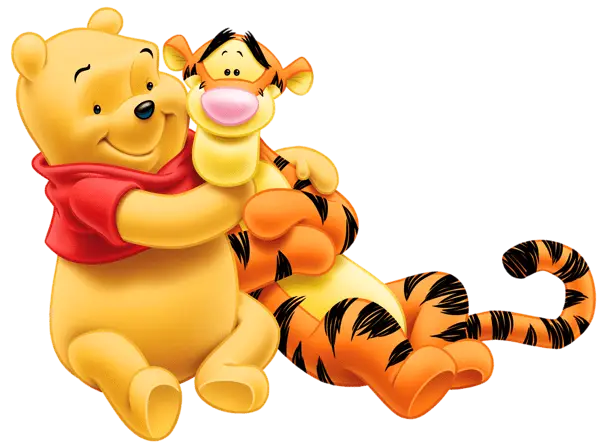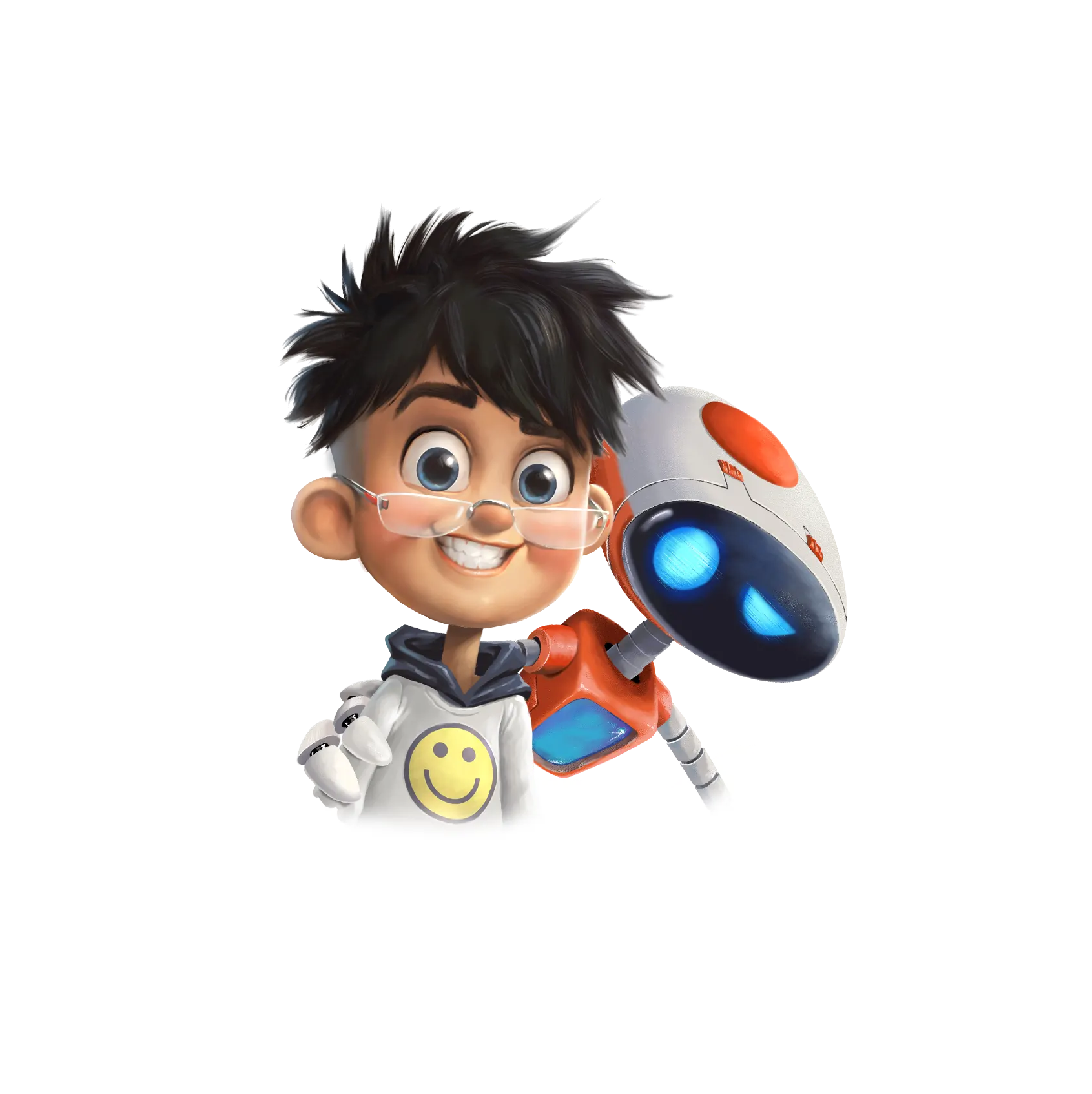As MIP Junior 2024 approaches, the buzz around the event is intensifying, and it is clear that this year’s market promises to be a hotspot for networking and business development. With hundreds of industry professionals from around the globe converging in Cannes, making the most of your networking opportunities can be the key to unlocking new partnerships, discovering potential collaborators, and advancing your career. Here’s how to navigate the networking landscape at MIP Junior 2024 and maximize your experience:
1. Prepare Ahead of Time
Preparation is crucial for successful networking. Before you even step foot in Cannes, take the following steps:
Research Attendees: Check the attendee list, if available, to identify key individuals and companies you want to connect with. Research their work, interests, and recent projects to tailor your approach.
Set Goals: Specify what you want to accomplish. Are you looking to pitch a project, explore co-production opportunities, or simply make new industry connections?
Update Your Materials: Ensure your pitch materials, business cards, and digital profiles (LinkedIn, company website) are up-to-date and reflect your latest work and achievements.
2. Leverage Networking Events and Sessions
MIP Junior 2024 will feature a variety of events designed specifically for networking:
Opening Reception and Welcome Drinks: The opening reception is a great opportunity to meet fellow attendees in a relaxed setting. Introduce yourself, exchange business cards, and create a memorable first impression.
Panel Discussions and Keynotes: Attend relevant sessions and panels to gain insights and engage with speakers and other attendees interested in similar topics. Participate in Q&A sessions to get noticed and start conversations. Networking Luncheons and Coffee Breaks: Use these informal settings to strike up conversations with other professionals. Grab a coffee or join a table during lunch to mingle and discuss potential collaborations.
MAPPING OUT A NEW ERA OF KIDS TV & ENTERTAINMENT
THE NEXT FRONTIER: ADAPTING TO DIGITAL SHIFTS IN KIDS’ TV AND ENTERTAINMENT
MIPJUNIOR HAPPY HOUR
MIPJUNIOR FIRST TIMER TOUR
KIDS AUDIENCE SUCCESSES ACROSS THE GLOBE
SATURDAY SPEED MATCHMAKING SESSION / COMMISSIONERS & PRODUCERS
NAVIGATING AI TODAY
THE STRATEGIC ART OF PRODUCING KIDS’ CONTENT TODAY
MIPJUNIOR KEYNOTE / ANDY YEATMAN, CEO. MIRACULOUS CORP
HAPPINESS RECESSION – MENTAL EMOTIONAL AND SOCIAL HEALTH (MESH)
MIPJUNIOR WORLD PREMIERE SCREENING – THE THREE MUSKETEERS
CO-PRODUCING KIDS’ CONTENT: KEYS TO SUCCESS
MIPJUNIOR INDUSTRY SHOWCASE / Outsmart Your Phone – MEDIA STAMPED Empowers Kids to Think While Scrolling
MIPJUNIOR OPENING PARTY
EUROPEAN PUBLIC BROADCASTERS UNITING FORCES
SUNDAY SPEED MATCHMAKING SESSION / COMMISSIONERS & PRODUCERS
IN CONVERSATION WITH COMMISSIONERS
KEYNOTE
SNACK & SCREEN – KOREAN NEW PROJECT SHOWCASE
MIPJUNIOR PITCH
BRING CREATIVE VISION TO LIFE: UNLOCKING THE POTENTIAL OF KIDS’ IP
FINDING, ENGAGING AND RETAINING FANS: FOUR TOP TIPS FOR YOUR FUTURE audience
MIPJUNIOR Pitch 2024: The MIPJUNIOR Pitch for PRESCHOOL (ages 3-6) is a key competition that displays exceptional children’s content ideas with strong potential for commissioning and distribution across multiple platforms. It invites creators and producers to partner on preschool projects, serving as an exceptional Launchpad to present new ideas to leading commissioning editors, financiers, buyers, and distributors globally. Finalists will pitch their projects to a distinguished jury of international decision-makers, with submissions required to meet specific criteria: entertainment content tailored for preschool audiences, creative and original storytelling in characters, visuals, and themes, broad global appeal, potential for development across TV and multiple platforms, opportunities for licensing and merchandising, and projects in early stages (0% to 25% financed) or in development (25% to 75% financed). Additionally, there is an emphasis on meaningful content for preschool audiences that addresses diversity and inclusion, mental health, and sustainability. This is a fantastic opportunity for those looking to make a meaningful impact in the world of preschool media.
The MIPJUNIOR Pitch 2024 for Preschool is an exciting opportunity that not only highlights exceptional children’s content ideas but also acts as a vital Launchpad for beginners eager to enter the industry.
3. Utilize Networking Apps and Platforms
MIP Junior 2024 may offer a networking app or platform that allows you to:
Schedule Meetings: Use the app to book one-on-one meetings with other attendees.
Join Discussion Groups: Participate in discussion forums or groups within the app to connect with others who share your interests or are working on similar projects.
Follow-Up: After initial meetings, use the app to send follow-up messages and stay connected with new contacts.
4. Engage Actively and Professionally
When networking at MIP Junior 2024, keep these tips in mind:
Be Approachable: Smile, make eye contact, and be genuinely interested in what others have to say.
Develop a compelling pitch that highlights your identity, work, and goals. Adapt it to resonate with each person you meet, ensuring it aligns with his or her interests and background.
5. Follow Up After the Event
The real work begins after MIP Junior 2024.
Send Personalized Follow-Ups: Reach out to new contacts with personalized messages referencing your conversation at the event. This helps solidify the connection and keeps the dialogue going.
Connect via Social Media: Send LinkedIn requests or follow up on other social media platforms to stay in touch. Share relevant content and engage with their posts to maintain the connection.
Arrange Post-Event Meetings: Set up meetings or calls to continue discussions and explore potential collaborations further.
6. Attend Special Networking Opportunities
MIP Junior often hosts additional networking events such as:
Speed Networking Sessions: These are fast-paced, structured events where you can meet a large number of professionals in a short amount of time. Prepare your pitch and be ready to make quick, impactful connections.
Industry Mixer Events: Look out for informal mixers or themed events where you can meet industry professionals in a relaxed environment.
7. Be Visible and Engaged
Finally, be visible and engaged throughout the event:
Participate in Workshops and Seminars: Take part in various workshops and seminars to show your involvement and expertise in your field.
Share Your Experience: Use social media to share your experiences at MIP Junior 2024. Tweet about interesting sessions, post photos, and tag relevant contacts. This can increase your visibility.
By following these strategies, you’ll be well-equipped to make the most of your networking opportunities at MIP Junior 2024. With thoughtful preparation and active engagement, you can build meaningful relationships, discover new opportunities, and advance your career in the dynamic world of children’s media.

Prayan Animation Studio will be attending MIPJunior 2024, continuing our journey from last year’s successful event. This year, our team (Remesh Ram, Vinayan V, Vijitha VA) will be attending the event, ready to engage with industry leaders to discover fresh opportunities in the realm of children’s content. We are excited to showcase our latest projects, share our creative vision, and connect with fellow creators, buyers, and distributors. This event presents a fantastic platform for collaboration, and we are eager to foster partnerships that will help us deliver even more captivating and high-quality animation for young audiences around the globe.
To know more about our studio, feel free to connect with us
Prayan Animation Studio Pvt. Ltd













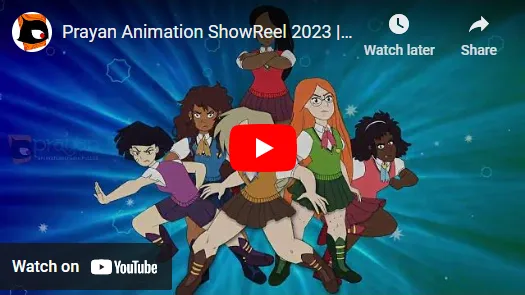


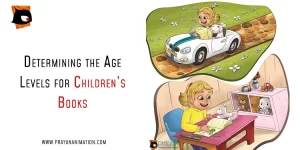
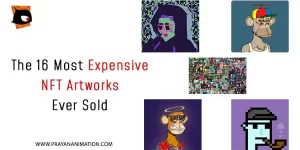
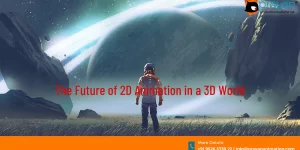
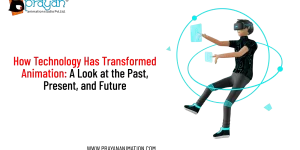
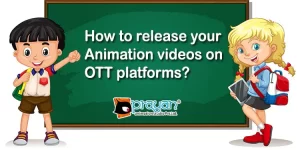
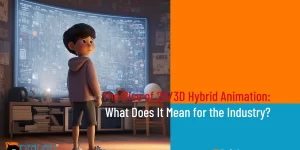

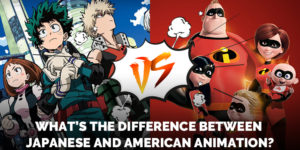
 We can help you.
We can help you. 

